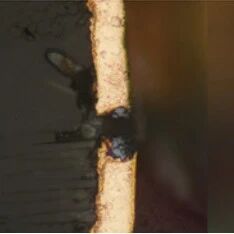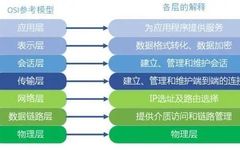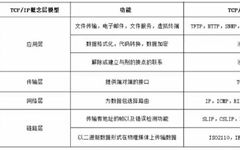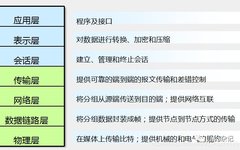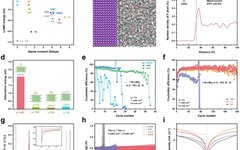Analysis of Failure Causes for PCB Via Breakage (Corrosive Via Breakage)
1. Introduction The copper in the vias of a printed circuit board (PCB) is akin to the neural network (blood vessels) of the human body, interspersed within the substrate “body” to provide the basic pathways for signal transmission and current conduction. Once a via copper break occurs, it is like a nerve being severed, preventing … Read more
